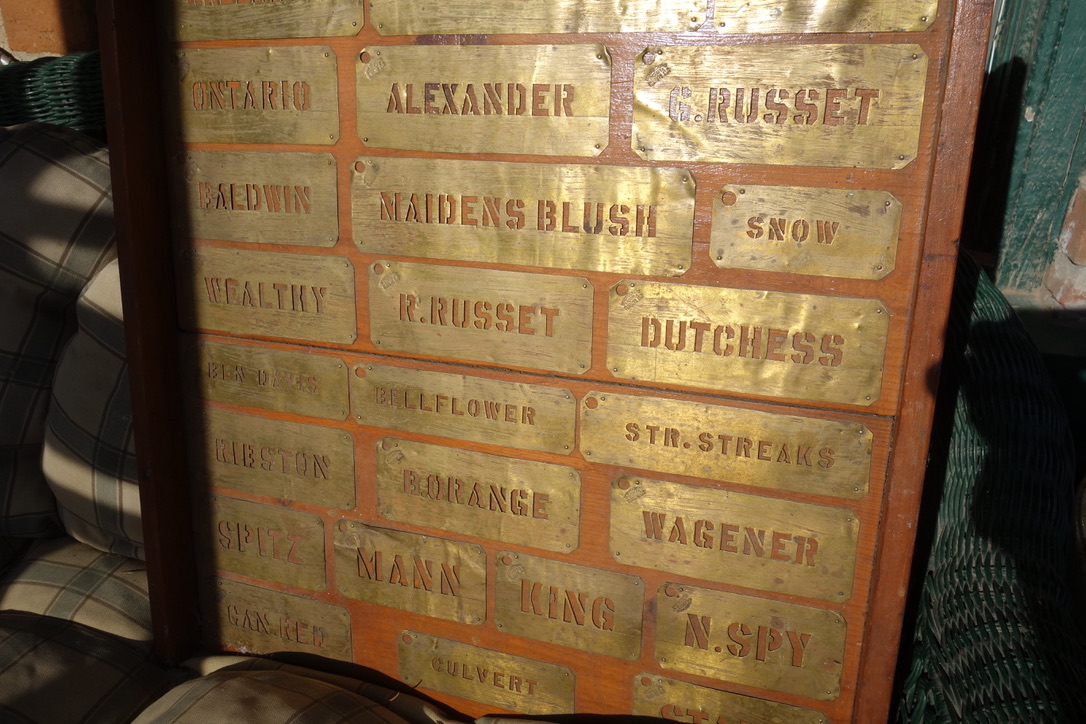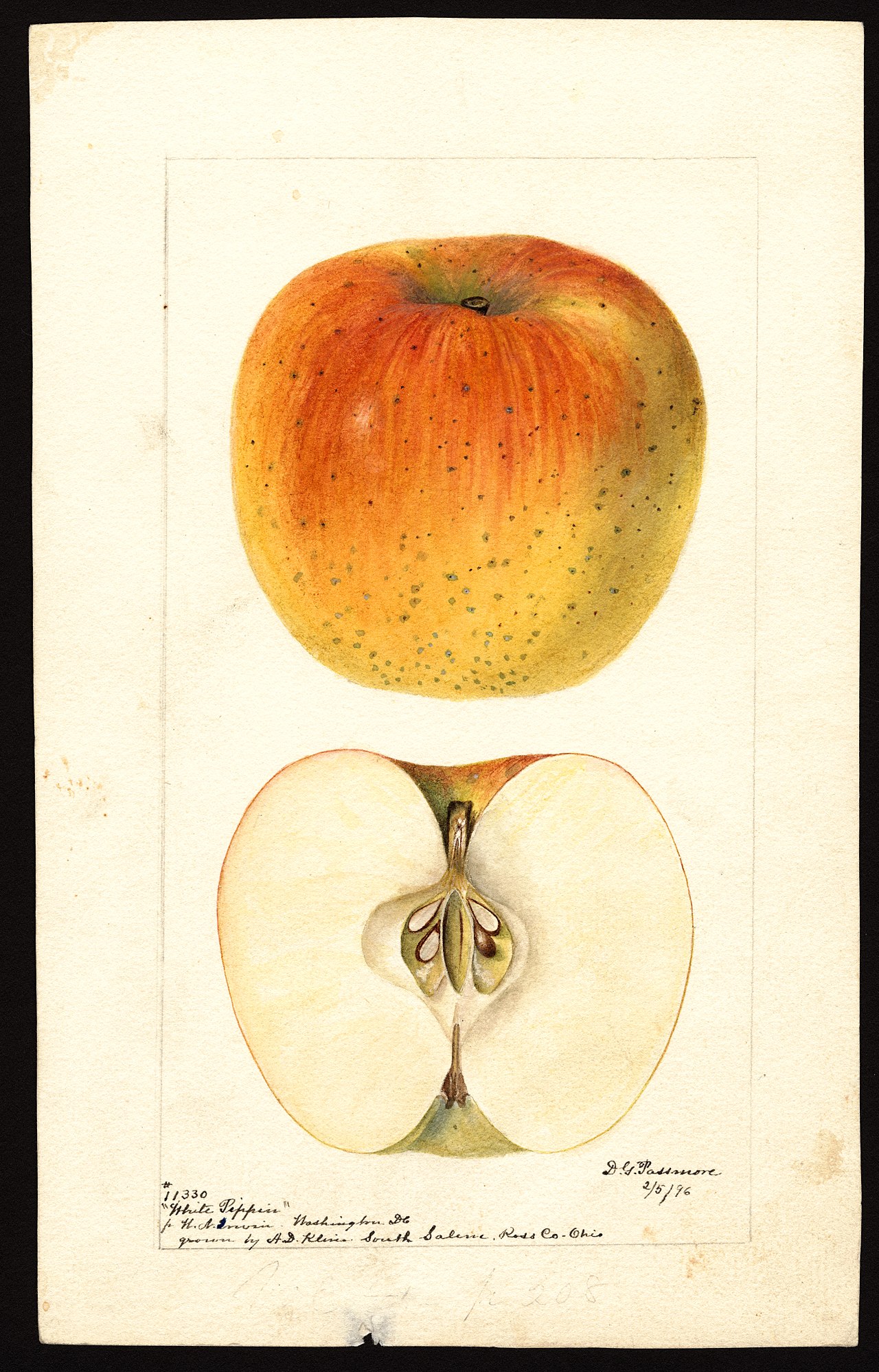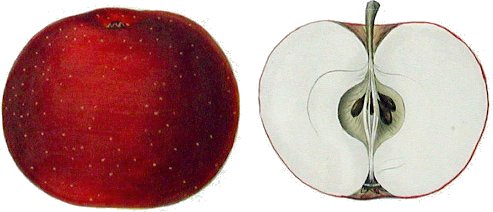ON THE morning of July 11, 1911, James Forsyth woke up with a hangover. He heard his wife Edith fussing about the room, and groaned.
“Are you awake, James?” she asked. He indicated that he was awake.
“It looks very bad outside,” his wife said. “It looks as if the whole bush is burning. Don’t you think we should do something?”
“Let it burn!” he said, rolling over in his bed and burying his head in the pillow.
For three months small fires had been burning in the Porcupine. Two days earlier one had threatened to wipe out Pottsville, a nearby townsite. But few suspected on that July morning (hat broker James Forsyth pulled the pillow over his head that this was to develop into the most disastrous day in Porcupine’s history.
Forsyth, who now lives at 242 Bingham Avenue in Toronto, recalls that at ten o’clock he was up and worried. For to the southwest of the small booming nort hern Ontario gold mining town of South Porcupine the sky was an ugly black. There was a gentle wind.
A little after ten-thirty apprehensive Edith Forsyth took a small suitcase and her cocker spaniel Peter and headed for the lake. “I’ll get a boat and go across to Golden City,” she old her husband. “It will be safer here.”
> There was no business in stocks and mining claims that morning so shortly before eleven Forsyth and his part ner,
‘om Geddes, dropped into Andy eroux’ for a drink.
»“It looks like it will get us,” Geddes said.
“Mayl>e,” Leroux said, looking out at the sky. “You can never tell with a file. It depends on the wind.” At twelve-thirty the partners were back at their office, carting water in buckets from across the street to douse the sparks that were flying into the town and threatening to set buildings on fire. The wind had increased.
At one-fifteen they heard the fire whist le blow at the Dome mine, a mile from town. Immediately afterward a gale came roaring out of the southwest. Burning branches, great shreds of flaming birchbark and a downpour of sparks rained on the town.
At one twenty-five Forsyth ran for his life. The last three hundred yards to the lake he crawled, gasping for breath, clawing his way to the safety of the water.
Three hours later he was still standing on the oozy bottom of Lake Porcupine in water to his chin, suffocated by the scorching heat of the air, numbed by the bitter cold of the water in the spring-fed lake, clutching a log in case the gale should carry him beyond his depth.
Three days later he left the Porcupine, never to return. James Forsyth was lucky: though he lost his business, his home, all his possessions, he managed to save his life. “It was pretty hard for the women and children,” he wrote his parents in South Africa a few days later, “but lots shared worse than us.”
He was referring to the seventy-t hree persons -including his partner who died: burned, suffocated or drowned when (hey tried to escape the towering wall of flame and destruction which swept, across t he northern Ontario gold camp that. Tuesday. Hundreds lost everything they possessed except the tattered and burned clothing on their backs. Three
When the dawn broke next morning tents had already been erected on t he blackened site of South Porcupine. Many tied the district, but more remained. There were even those who counted the fire a backhanded blessing. “It can’t burn us out again,” they said, and pointed out that the fire had also helped the prospector by clearing the land down to the rock.
The Porcupine was only two years old when the disaster st ruck. In 1909 two prospectors, George Bannerman and Tom Geddes, following the newly constructed Temiskaming and Northern Ontario Railroad (now the Ontario Northland) into practically unknown country, left “The Muskeg Special” two hundred and twenty-two miles above North Bay and worked their way along a network of lakes and rivers thirty miles westward from the main line. There in the summer of 1909 on the shores of a small sausage-shaped lake called Porcupine they staked the first claims in an area that was to become the Porcupine. News of their strike went like a fever round the north. Within months the major properties had been discovered, and the boom was under way.
townsites and eleven mining propert ies were leveled. The property damage topped two million dollars.
Towns mushroomed around Lake Porcupine. The first was Porcupine, or Golden City, at the north end of the lake. Only a few thousand yards away on the north shore of the lake was Pottsville, named after a popular pair of hotel keepers, Ma and Pa Potts. The newest of t he townsites was at the south end of the lake: in the confusion of Porcupines it was naturally called South End. To the west of Lake Porcupine were the mines, in a broad irregular path that began with the Dome and West Dome properties a mile from South End and terminated some eight miles farther on at the Hollinger and McIntyre claims.
In 1910 the Ontario government announced it would extend the railroad into the Porcupine. By the spring of 1911 there were almost three thousand people in the camp. A dozen mining companies were preparing to blast into the rock.’ In the townsites men were already replacing the rough log huts that had served through two winters with more substantial frame buildings. Jack Dalton, the teamster, decided to get married and in preparation made a start on South End’s first real house. The woods were alive with prospectors bent on turning a grubstake into a bonanza.
Costs were high but wages were good. Dalton was laying the basis for a transport business—“and a reputation” that has thrived through forty years by hauling for the Dome at sixty-five dollars a day. Arthur Ward washed dishes at the Dome for fifty-five dollars a month and his board. A good meal at Mary Van Greer’s restaurant cost seventyfive cents: many felt it was worth that much just to get a chance to talk to Mary.
The Camp had a thirst it spent an infinite patience and an ingenious imagination trying to
satisfy. The law was clear and definite: no liquor was to be sold within six miles of any mining property (8 Edw VII, C 21, S 184). “Soft drink” parlors flourished. Charlie See, a South End druggist, summed up the situation on a large sign he put up over his store on Go’den Avenue: CHAS. A. SEE DRUG STORE Pills and Things
Continued on page 33
ihe Porcupine Fire
CONTINUED FROM PAGE 21
The emphasis was on Things. In Golden City imagination kept only a short step ahead of the long arm of provincial police constable Charlie Piercy. The booze came in with the horse feed; the flooring of a carload of pigs concealed a shipment of rye; one whole consignment of four-inch pipe had alternate pipes stuffed with bottles; there were crates of eggs that were eggs >>n the top and eggs on the bottom and good Scotch whisky in between.
Men endured the law as they endured the country. In the winters they learned to survive the sixty-helow mornings and in the summers to put up with the heat when for days—sometimes weeks—the air hung in shimmering waves across the land. With the heat came the hugs the black fly, mosquito and deer fly—a nuisance rather than a terror, though their constant, insistent attack could make life unbearable and drive temper to the c’bje of madness. The hardest thing to concilier was the loneliness, worst in the hush, but even in the towns where there were few women and almost no entertainment a man could find himself alone, and even when not alone, lonely. So they drank. And gambled a bit. And planned elaborate practical jokes on one another.
Danger in the Bush
The spring and early summer of 1911 was one of the driest and hottest northern Ontario has ever known. Spring came early: after the first week in May sleighs could no longer use the roads. Everything began to dry out. 1’lie re was no rain. It got hot. Ontario’s record high of 109 degrees was set at Stonecliffe on July 3; Canada’s all-time high of 115 degrees had been set a couple of weeks earlier out at Wilmer, B.C. Day after day the heat went on, headline news in every major newspaper in eastern Canada. The woods were a great tinder pile. Muskeg, usually a dank evil muck, crumbled in your hand. For six long weeks nothing heavier than a sun shower was felt in the Porcupine.
Danger lurked in the hush. Throughout the Camp, around the mines and townsites and scattered through the forest, were piles of slash—branches and waste that had been stripped from felled trees—waiting a chance to burn. The Porcupine needed a lot of timber. There was plenty for all, stands of jack pine and spruce that sometimes grew so thickly a man had difficulty making a trail through. Prospectors, lumbermen, miners and plain people walked into their backyards and cut what they needed, timber for the boilers that generated power at the mines, timber to be used in the shafts being sunk in the rock, logs for the buildings and the roads and for use as railway ties. Every tree that came down added to the dry brown hazard on the ground.
The fires began early in the season. Most forest fires are small to begin with. A man carelessly tosses a match away, or drops hot ashes from his pipe on the ground, or forgets to make sure his campfire is out, and that starts it. A small spark gets into a twig, or smolders in the cushion of pine needles on the ground. It may smolder that way for days, even weeks, gradually spreading. In the days it burns harder, at night the dew may damp it down a little. And then it reaches a slight rise in the ground and a draft forms behind it. There is a point at which a forest fire begins to make its own draft. With a puff of wind behind it the fire breaks out and spreads across the country until it burns itself out, or is killed by rain, or meets a barrier it cannot cross.
On May 18 one of these small fires smoldering near the Hollinger property grew up and swept the Hollinger to the ground. A new ore crushing mill nearing completion was lost—a serious blow to the young mine. But Noah Timmins had his men rebuilding the next day, confident Hollinger would repay dividends to heal any wound tire might inflict.
There were other fires. Through June and early July they burned, usually far from the mines and towns, gradually loading the air with a fine blue haze that in time blended with the heat and reduced visibility to a couple of miles. Nobody worried at first. The fires were small, and it hud to rain soon. Only rain could reduce the hazard, for with the barest minimum of tire-fighting equipment, sufficient only to supply bucket brigades for isolated fires, men realized they were at the mercy of any big fire.
On July 1 the railway officially reached the Camp. It arrived at fivetwenty in the afternoon-—an engine, a first-class coach, the private car Temagami, and the Ontario government car Sir James—having made the twentysix-mile journey from the main line at Porquis Junction in an hour and twenty minutes. The Porcupine celebrated the end of the long hard trek by foot or canoe or wagon. The Muskeg Special was retired and regular passenger service begun. Even more important than the convenience to travelers was the freight service: materials to build the mines would come more quickly, the towns would grow. The Cobalt Nugget was already carrying large advertisements inserted by real-estate companies advising readers to buy at once “and be one of the thousands to make money out of the Lakeview-Porcupine townsite lots.” There was talk of a population of ten thousand before the year was out.
And then on Sunday July 9 the Camp got a taste of what was coming. A wind sprang up and carried one of the small fires burning on the edge of Pottsville into the town. Twenty houses burned to the ground. A hundred and fifty men formed a bucket brigade to keep the fire out of the main business section. On Saturday the temperature had been 106. For the first time fire really got at the homes and people were scared; residents hurriedly dragged their movable possessions from their houses and piled them on the dock—just in case. There were dozens of small fires burning in the bush around, some accidental, some it was claimed (and denied) set deliberately by prospectors looking for an easy way to clear the moss off the rock. The wind fell, and the Pottsville fire died out in the afternoon.
“What is needed in the worst possible way is an exceptionally heavy rainfall; and people all over the district are praying for rain,” the Nugget correspondent wired his paper next day. “It is the only thing that will stop the bush fires which owing to the extremely dry condition of the woods, following this late heat wave, sweep everything when fanned by the winds.”
If the rain came, and there was no wind . . .
They were printing his report in Cobalt on the morning of July 11. Up in the Porcupine when people got up it was cooler, and a light breeze was blowing in from the southwest.
In South Porcupine Billy Gohr was out early, looking at his new store and thinking about business. The smoke to the southwest bothered him. When J. P. Bartleman, in later years a mayor of Timmins, passed by a few minutes later he was still gazing distractedly at the building.
“Morning, Billy,” Bartleman said. “It looks bad.”
“It sure looks bad,” Billy Gohr said. “It looks very bad. If that fire ever comes in on us and this store goes I’m ruined. Everything I’ve got’s in that store and there’s no insurance . . . ” He took another look at the black sky.
“If that store goes I might as well go too,” Billy Gohr said.
The two men laughed together.
Just before lunch Charlie Piercy, the provincial constable in Golden City, took a long look at the sky and decided he’d better go to South End and see his partner, George Murray. When he got to the other end of the lake he found a full evacuation under way. While things were still under control it had become clear that only a miracle could save the town. But men are optimistic; they prayed for the subtle shift of wind that would carry the fire away from the town and meanwhile they packed their women and children into the small gasoline launches that plied the lake, and manned buckets to try and keep the sparks that were beginning to come into town from setting buildings on fire.
Trouble at the Dock
As far as anyone could tell the big fire had taken hold around Star Lake, twenty miles to the southwest. Between it and the Camp stood virgin bush and a good sized river, the Mattagami.
“Maybe it will stop at the river,” men said. “If it doesn’t get going too fast, maybe it will stop at the river.”
At the dock, as big George Murray loaded the women and children in the boats for Golden City, there was some trouble. A group of Italian miners rushed onto the dock and demanded space in a boat. Murray knocked one of them into the lake, Jack Gardner took his gun and herded the rest back to shore. The sky got black. It looked like a great thunderstorm. Only the play of light at its base from the flames betrayed that hope.
In the town every man was active. Over at the Imperial Bank the manager, M. H. MacKay, piled all the money into suitcases and the suitcases into a canoe and carried the canoe down to the waterfront. Jack Dalton was getting his horses out of the stable, hitching them to wagons and taking them down to the lake where he ran them as far into the water as they would go. Cliff Moore, who ran the King George Hotel, got the cigars from the counter and began handing them out.
“We might as well smoke ’em as burn ’em,” he said cheerfully.
In his hotel dining room they were still serving dinner when the flames hit the town.
The Dome mine was a little more than a mile from South Porcupine, directly in the line of the fire. The manager and his men decided that morning to make a stand against the fire, if it came. It seemed a reasonable decision: they had the latest fire-
fighting equipment and the land for a hundred acres around the workings and bunkhouses had been cleared. Although the smoke increased steadily through the morning there was no panic and the men continued working until lunchtime. After lunch the wind hit. That’s when they blew the fire whistle.
In South Porcupine the whistle was the signal for panic. At one-fifteen they blew the Dome fire whistle. Twenty minutes later South End was in flames.
In Hailey bury that day, over a hundred miles away, the government weather man made a laconic entry in the record book. Under the heading “Miscellaneous Phenomena” he wrote one word: gale.
Up in the Porcupine that wind took green birch trees ten inches thick and snapped or doubled them six feet off the ground. It whipped Lake Porcupine, only a mile and a half long, into waves seven and eight feet high. Arthur Ward was working at the Dome: when the metal roofing on the buildings began to blow around in the wind he decided to get out.
This was the wind that doomed the Porcupine. No human force could stop the fire once the gale picked it up. Ward, running along the road from the Dome to South Porcupine, passed tree after tree burning at the top, though the fire had not yet worked its way to the ground. Burning brands, an inch and a half thick, were carried miles ahead of the main fire on the wind. Ward had to leap over trees that had been blown across the road; he managed to reach South End before the fire had taken com niete control, convinced that he had broken the hurdle record for the distance no matter what it might be.
At the West Dome there was no time to run. Several who tried it were trapped in the bush and burned to death. The mine captain, Robert Weiss, a giant who stood six foot three and weighed almost four hundred pounds, one of the Camp’s most popular bosses, decided to take his wife Jennie and his three-year-old daughter Ariel down the mine shaft for safety.
Weiss, an American from Colorado, was already a legend in the Camp. They told with glee the tales of how he got stuck in the barber’s chair and had to be hauled out. Or of how he had gone to the livery stable to rent a buggy. They got out the sturdiest looking one: he went to step in one
side and broke the step, then repeated the operation on the other side. From then on the liveries wouldn’t rent him buggies so he had to ride in the freight wagon where he had a whole seat to himself.
The day before Weiss had been worried about the fires burning all over the district. “These fires have got my goat,” he told a friend. “I can’t sleep at night. They’re a regular nightmare.”
When the fire came roaring in on the West Dome Weiss realized he couldn’t possibly escape. So he took his family with him into the shaft. Seventeen others followed them down.
“You’re not afraid, Jennie, are you?” Bob Weiss said as they were preparing to descend.
“No,” his wife said. “Come on. If we’re going to die we’ll die together.”
One man who went down came to his senses in time to get out. The rest were suffocated. They found Weiss at the very bottom, with his daughter in his arms. It took a block and tackle to get him out, and fourteen men to carry his coffin.
Others were more fortunate. At the Dome they had a large pond that had been made to store water for the boilers. Sixty men leaped into it and stood there, dousing themselves with water, until the fire passed. Only one man in that group panicked: before
anyone could stop him he had jumped out of the water and rushed off into the flames. They found his charred body close to where the bunkhouse had been. The mine doctor, Garnet McLean, and A. D. Miles—who later became president of the International Nickel Company—were in the Dome pond that day.
“Do you think any dynamite got left in the dryhouse?” McLean asked.
“We got it all out and put it in the Cache,” Miles told him. “Don’t worry.”
A moment later there was a heavy explosion.
“I guess we forgot a fifty-pound box,” Miles said. McLean smiled weakly and went on sloshing water over his head, thinking about the tons of dynamite in the Cache, a short distance away.
“If that was fifty pounds,” the doctor said tentatively a few minutes later, “what about the tons of the stuff : in the Cache …”
“If that goes doctor, our worries are at an end !”
For some reason they both felt lief ter about it after that. The Cache proved to be fireproof.
Meanwhile the manager of the Dome, Thomas Meek, who lived on the property with his wife and two small children, was having his own troubles. When the fire first appeared the manager’s impulse was to save his house. He had a water line running to it and, with the assayer, the engineer and the chief carpenter, kept fighting the sparks. It was soon clear they were losing the battle.
“I can’t do anything more about this, boys,” Meek said to the other men. “I’m going to stay here with the family. You’d better save yourselves.”
Meek had a garden behind his house, and to keep it growing through the hot weather he had gathered several barrels of water. He put his wife, two children and mother-in-law down behind the barrels and covered them with blankets. The assayer decided to run. The other two men stayed and together they managed to keep themselves and the blankets wet. They all survived. The assayer was found a few hundred yards from the house where he had collapsed and died in the heat.
Trivialities Brought Death
In South Porcupine it was chaos. Shortly before the first houses caught tire panic had swept in on the hot, fierce wind. “It all resolved itself into a matter of dying decently,” a survivor said later. Everybody headed for the lake. Women screamed. The horses, crazed by the heat and flames, caused havoc among those who had taken to the water as they rushed hack into the flaming tovyn. Men’s minds turned in an instant, and they too rushed back into the flames—and certain death —for trivial things, for a watch, or a coat.
Just before the last boat left a woman came onto the dock with three suitcases, a fur coat and a canary. Eager hands reached out to help her. They put the woman into the boat, and the three suitcases and the fur coat and the canary into the lake. Tears and a tantrum were unimpressive against that angry sky.
Two men, nameless after forty years, liked the performance Miss Virginia Earle and her partner, Miss Neal, had been giving in the local vaudeville hall for several nights previous to that black Tuesday. They tried to save Miss Earle’s pride—her harp. But it was too much and they found the harp later, a twisted lump of metal and wire in the middle of the road a hundred yards from the lake.
Billy Gohr did all he could to save his store. For a while he h d t’ e help of two of his employees, Matt Smith and Rosaire Bourbean. They passed him buckets of water but the wind increased and the whole sky darkened until it was as black as night. His helpers turned to flee.
Rosaire described the scene for a reporter:
“ ‘Come down, come down, Billy Gohr,’ I says. ‘It’s no use, it’s no use, come down quick!’ He told me to pass the water. I did not pass the water any more. Smith had taken all the money from the bar and run alongside me toward the street. He fell. I had my own life to save. I was stronger than Smith and 1 passed over that place. I put my handkerchief over my head and hurried. 1 had my life to save if 1 could. I pass through the fire between Charley House and the Finns. I breathe the hot air and I fall. I did not think. I of instinct put my handkerchief over my mouth and run behind the houses. I drop twice. It is so dark 1 don’t know where’s the lake. 1 see a street blazing and I says I will go. I see the horses galloping there and I pass through the fire. 1 say I do not want to stay there, 1 would sooner drown than burn in the tire. I throw myself at the lake on my hands and knees and try to wet myself in the water but it is too shallow. I crawl out into t he lake and go for deep water. We find them the next day. Seven dollars and sixty cents of Billy Gohr’s bar where Smith is dead. The dollar hills is all burned up.”
Mrs. Billy Gohr had stood with her baby in her arms, first at the edge of the dock, and then on the dock, and then for hours in the water, waiting for Billy to come.
“Won’t you get into a boat, Mrs. Gohr,” George Murray had said earlier. “Ft’s getting pretty bad. He’ll come later.”
“I’ll just wait for Billy,” she replied. Billy never came.
”… Or We’re Goners!”
James Forsyth, a South African, had already been burned out of business in 1910 in Cochrane. He went to the Porcupine and set up a mine and claim trading business with Tom Geddes, one of the original discoverers of the Camp. The two men did their best to save their office that day, carting buckets of water from a hole a few hundred yards away.
Shortly after one o’clock the fire hit the town in full force. Above the roar of the wind and flames Forsyth heard Geddes shouting at him. He looked around and saw it coming: a wall of
flame climbing a hundred feet in the air, sweeping in on the town.
“For God’s sake come on,” Geddes yelled, “or we’re goners!”
Forsyth ran into the office and scooped up his dog, Toddy, and a cage of English canaries he’d bought for his wife from a traveling salesman only a few days earlier. Then the two ran for the lake. They hadn’t gone twenty yards when Tom Geddes stopped.
“I’m going hack for my coat,” he said.
“Don’t be a damned fool . . .” Forsyth shouted, but the other was gone and his words were lost in the roar.
When the fire was over James Forsyth went back and found what was left of Geddes near where the counter of the building had been. The remains fitted into a shirt box.
Forsyth had reached the lake. The fire sucked the oxygen out of the air so that to breathe men had to get on their hands and knees and crawl with their faces close to the ground. They were joined in those last desperate yards by the animals. At different places there were rabbits, deer, even the occasional bear. Overhead the wind and flames combined in a roar that struck terror into the heart. Yet above the noise rose the screams of the women, and the pitiful neighing of the horses.
Out in the lake the high waves added to the confusion, swamping boats, and making it difficult to keep hold of logs and planks. Rosie, “the Porcupine Laundress,” got out into the lake, wading in until the water came to her neck, sinking with each step into the soft black ooze that formed the bottom. She was terrified, screaming and sobbing, closer to death from her own fear than from waves or fire or muck. Two Scots miners went by in a canoe and with that chivalry for which the race has always been noted, leaped from the canoe and supported the woman. To pass the time they sang hymns and
.■A/WWJWWAWWVVV.VAY
CROSS PURPOSES
Crosswalks mark streefs where walkers cross
Yet cars cross crosswalks too.
In fact when walkers try to cross At lights they can’t get through. This makes the walkers cross outside, Cross inside, too, at those who ride.
DON MARSHALL
AV.,.,.V.,A\WA,.Y.V.ViVV.V
Scots folk songs. Rosie and her miners survived.
Billy Moore, young, handsome, funloving, was a popular man in the Camp. With four companions he had gone to Vesty Kennedy’s to see what could be done about a boat. Kennedy told them he had some canoes but no paddles. They took a canoe and piled into it, grabbing a board to use as a paddle. ’They were just about to put out when a gang of men rushed for the canoe, clamoring to get in.
Moore patiently reasoned with them until they went away. They got only a few feet from shore when a barber named Straine waded out into the water.
“My God, I can’t swim,” Straine cried. “Please take me along, and if you can’t do that at least let me hang on the back. But for God’s sake don’t leave me behind or I’m done for!” The men hesitated.
“Get in,” Billy Moore said. They pushed off again. The waves were too much for the overloaded canoe and it capsized in deep water. Moore, clinging to the board, saw one of his companions, McMurrick, struggling in the water.
“Here, use this,” Moore said, throwing him the board.
Billy Moore and the barber both drowned.
The fire swept into the town and out over the lake. Twenty minutes after the first building caught fire the entire town was burning. The heat was so intense that it literally roasted the backs of the horses where they stuck up out of the water. Those standing in the lake, continually ducking their heads to escape the suffocating air above, were numbed by the coldness of the spring-fed water. For a while you couldn’t see ten feet in the smoke. High above, the noonday sun was a small blob, blood-red against the black of the sky.
They kept the launches shuttling between South Find and Golden City as long as possible, though there were charges later that some operators had put water in their gasoline so they would not have to make another trip to South Find. One man sank his boat because he was too terrified to attempt that mile and a half of tossing water again.
At one-forty a car of dynamite on a siding near South Porcupine exploded. It was loaded with three hundred and fifty cases of dynamite and five hundred kegs of powder. It might have had disastrous effect but the siding was built across a swamp and the soft earth absorbed most of the shock. As it was the explosion sent a tidal wave across the lake that swamped canoes and launches which had managed to weather the waves. It broke every pane of glass in Golden City, more than a mile away, and tore up both siding and mainline for three hundred feet leaving a gaping hole fifteen feet deep and fifty feet in diameter.
South Porcupine was gone. Pottsville was next. Golden City was in great danger. Sitting at the end of the lake where it was protected from the direct onslaught of the fire, with an extensive swamp on one side and Pottsville with its previously burned out strip on the other, Golden City survived. Charlie Piercy was the hero of the day: with Jack Munroe, a prize fighter who had beaten Tom Sharkey in his time, he rounded up every able-bodied man in the town, closing the saloons, urging the men on, until he had a bucket brigade that managed to stop what fire did get in, just as it was eating into the business section.
Afterward wild stories circulated about these two. Piercy was supposed to have walked through the town brandishing two six-guns and “calling for volunteers to fight fire.” They managed without the six-guns.
Guns were used. Over at Aura Lake the postmaster, Dayton Ost rosser, convinced some men who had hijacked his canoe of their folly with a revolver. There were three post offices in the camp hut the only piece of equipment they saved was one date stamp that was used next day to send out letters and birchbark post cards. The first mail went out in oat sacks, since all the mailbags had been burned in the fire.
It took about five hours to burn the Porcupine to the ground. Not a building was left, standing in South Porcupine or Pottsville. Flleven mining properties were leveled. In the towns the only things left standing were the misshapen humps of the icehouses where the buildings had burned away leaving the ice in a mantle of wet sawdust. An occasional telephone pole stuck up above the bare ground, shorn of its wires.
Scorched to the Ground
Creeks had dried up, swamps were lowered. Lake Porcupine itself showed that the tire had burned off pilings seven and eight inches below the normal level of the lake. There were places where eighteen inches of muskeg had been removed by fire. Men found watches that were lumps of metal, some still showing the time, but the works fused in a piece. The local shoemaker, C. A. Culbert, had buried his patching machine in the shallow water at the edge of the lake and when he recovered it the wooden frame had burned away. Many had put their valuables or their clothes in the ground only to find the fire had reduced them to ashes. Everywhere the land showed the bare rock, with the overburden of moss and humus scorched off’.
It was days before the death toll was compiled. In the early panic and confusion, with communication cut off, fantastic rumors slipped out of the north —some estimates went as high as two thousand. The official figure, released several weeks later, was seventy-three. But it has always been questioned. The lake was dynamited for bodies. The woods had been full of prospectors, as the Camp had been full of men who had no friends to miss them. Ostrosser, the Aura Lake postmaster, claimed a great many letters after the fire were never called for or delivered. Men blowing bugles searched the woods seeking any who had been injured or burned but still lived.
On the evening of July 11 the Porcupine was a smoldering graveyard. On the morning of July 12 the first tents of the new Porcupine were already up. The railroad which had been in service for only eleven days took out those who wanted to leave —twelve hundred in the first week and wasn’t too fussy about paid fares. It brought in the relief supplies, the food, blankets, tents, medical equipment. Within days it had begun to deliver the materials to rebuild the mines and the towns. The stock market dipped, but recovered in a few days.
It rained toward the week end—a heavy, steady downpour that wet r’ow i the country and put an end to the fires. On Sunday the dead that had not been sent home were buried.
This raw, young mining community had not had much experience with death. There was only one graveyard, on Edwards Point, and in it prior to the fire there had been but one grave, that of a young French Canadian named Mimault who had died the previous year. Edwards Point was a gentle point of land that pushed out into Lake Porcupine almost, midway between Golden City and South End. The point was one of the few parts of the district that had not burned, and its trees offered a contrast with the stark land across the lake.
No Need for Monuments
On Sunday a strange procession moved across the lake as seventeen bodies were taken to the cemetery. Then the point was renamed. They called it Deadmans Point.
Today among the few monuments on Deadmans Point only two are substantial enough to withstand many northern winters. One, erected by those who live “down below,” is an eight foot piece of grey granite. Chiseled deep in its face are these words:
ERECTED RY THE CITIZENS OF CANADA THROUGH THE NORTHERN ONTARIO RELIEF COMMITTEE OF THE HOARD OF TRADE OF THE CITY OF TORONTO TO THE MEMORY OF THOSE WHO SUFFERED AND LOST THEIR LIVES IN THE GREAT HOLOCAUST THAT SWEPT THIS DISTRICT JULY 11, 1911
The other monument is simpler. A couple of years after the fire an American hunted out Jack Easton who had helped prepare the bodies of the victims. Easton showed him where the bodies of the Weiss family were buried and on the American’s instructions he had Tom Strain lay a great slab of concrete a foot thick and eight feet square over the grave. Embedded in it is a copper plate with the names of Bob Weiss, his wife and his child riveted on it.
The men of the Porcupine erected no monuments. At first they were too busy putting up the buildings for the new towns. And then they were too busy building mine shafts, whose tin roofs pointed to the sky and whose insides dropped into the earth for gold.
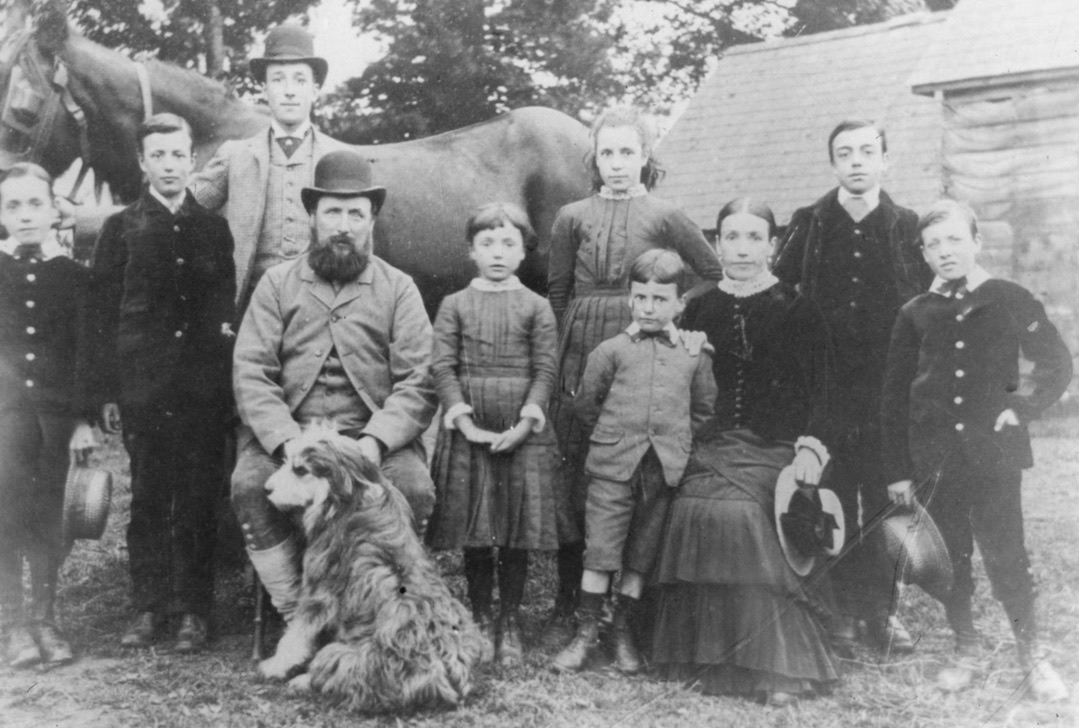

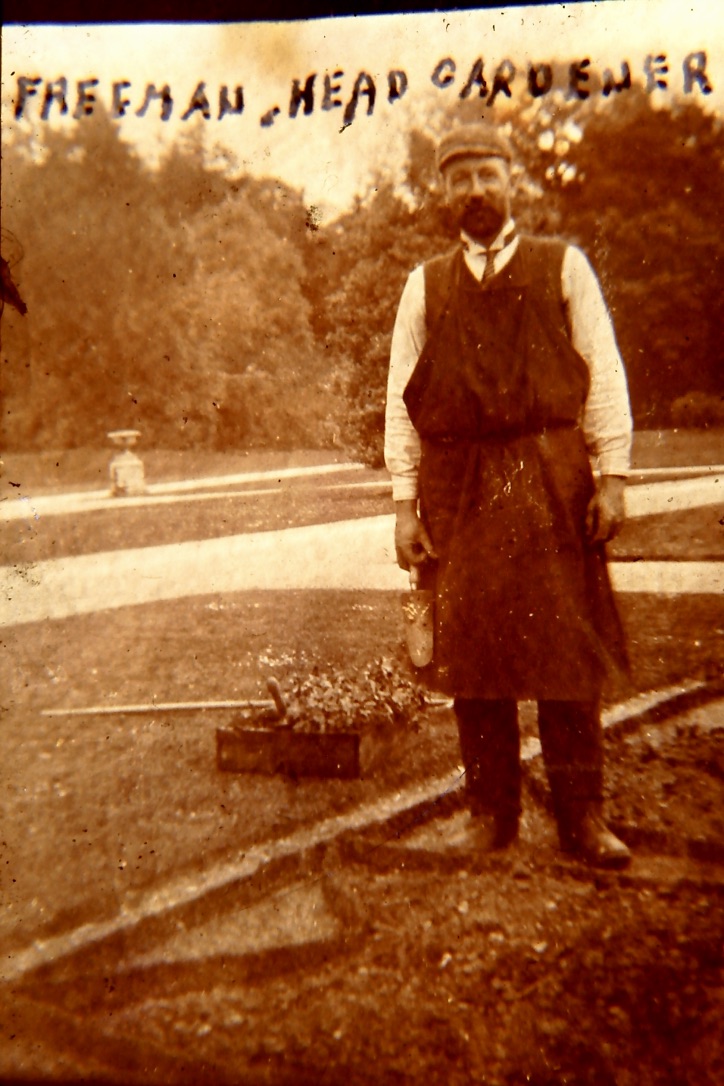


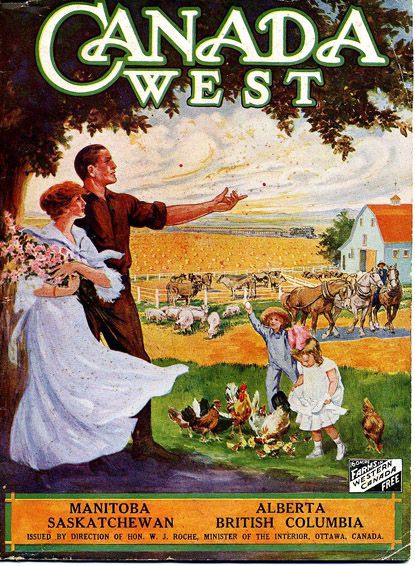
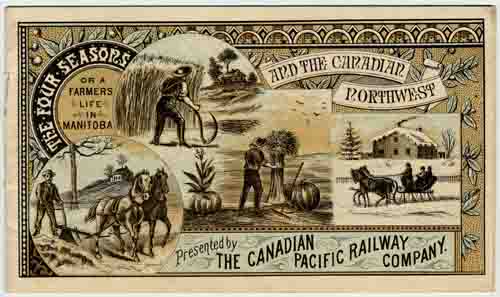
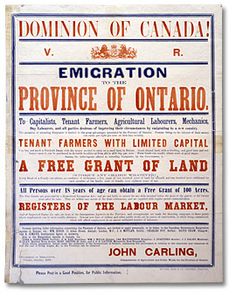
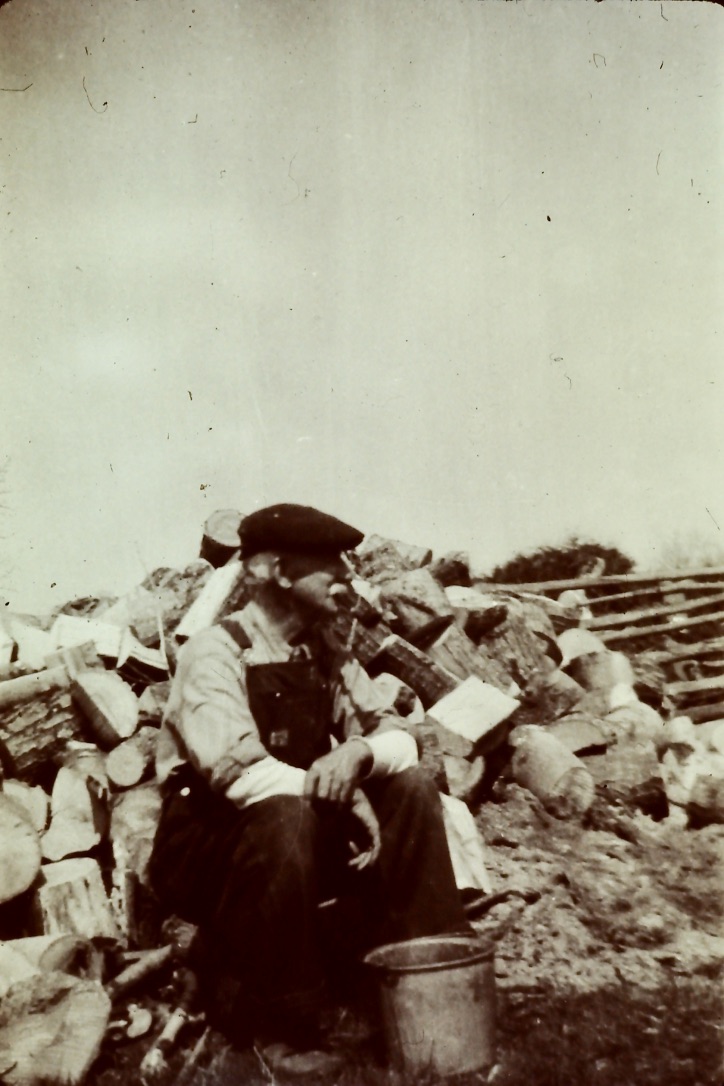

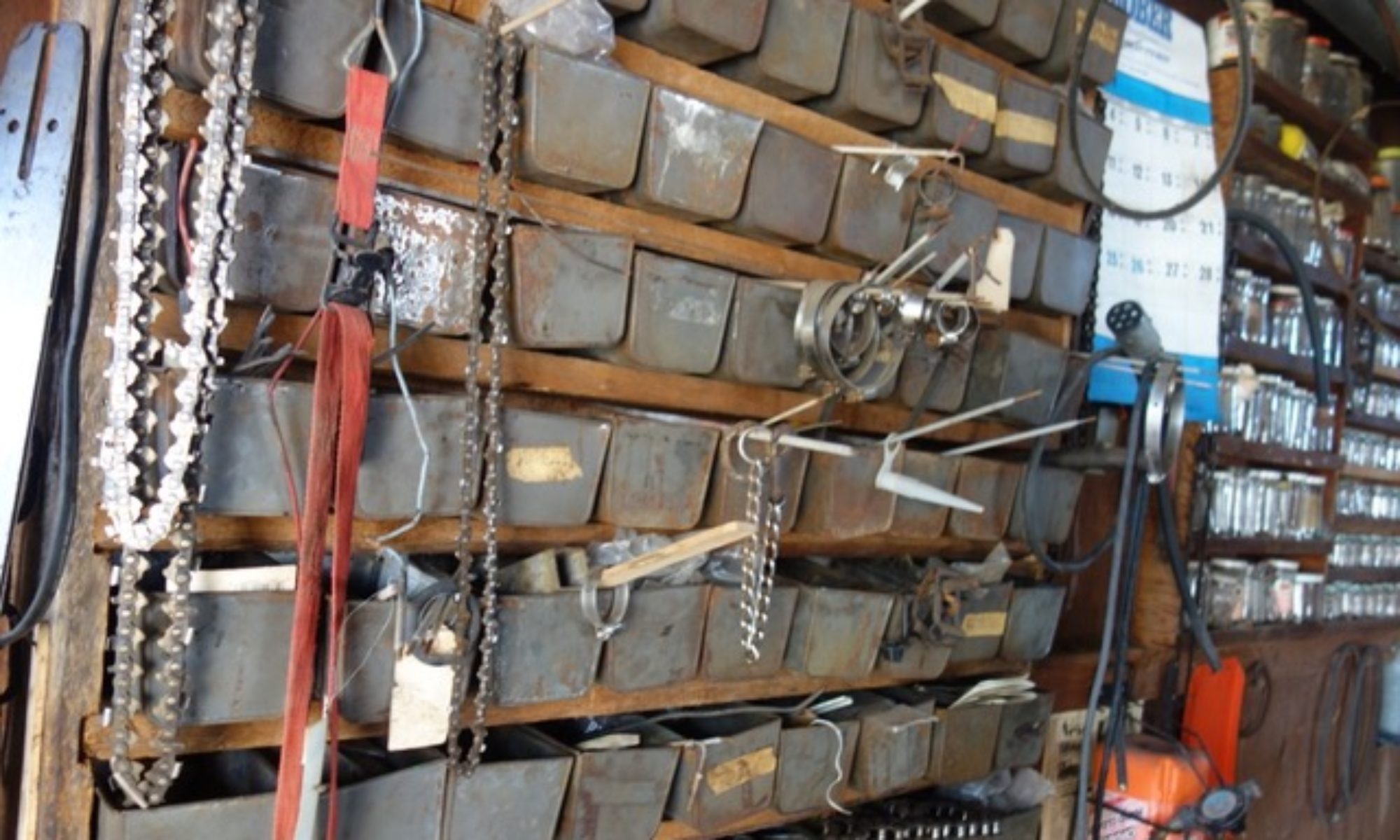










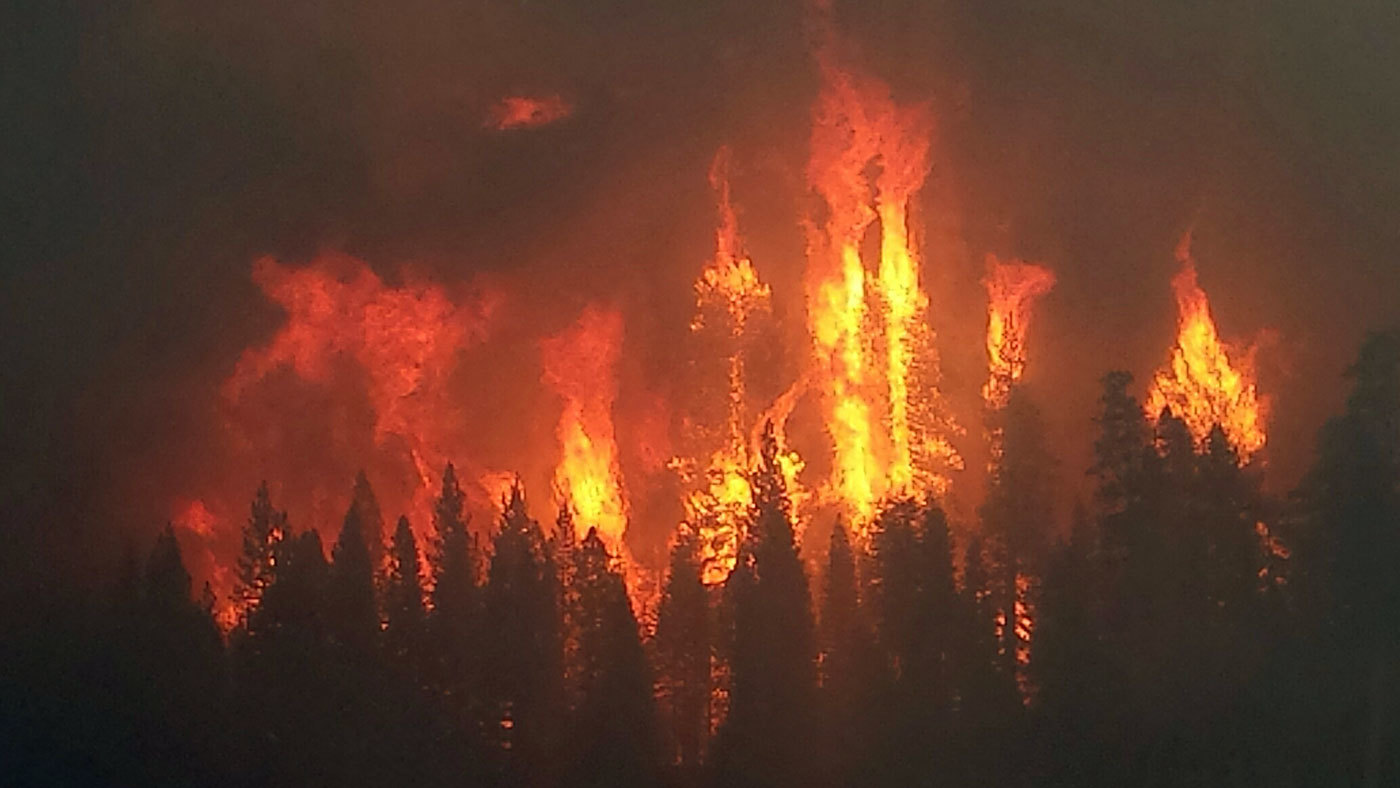
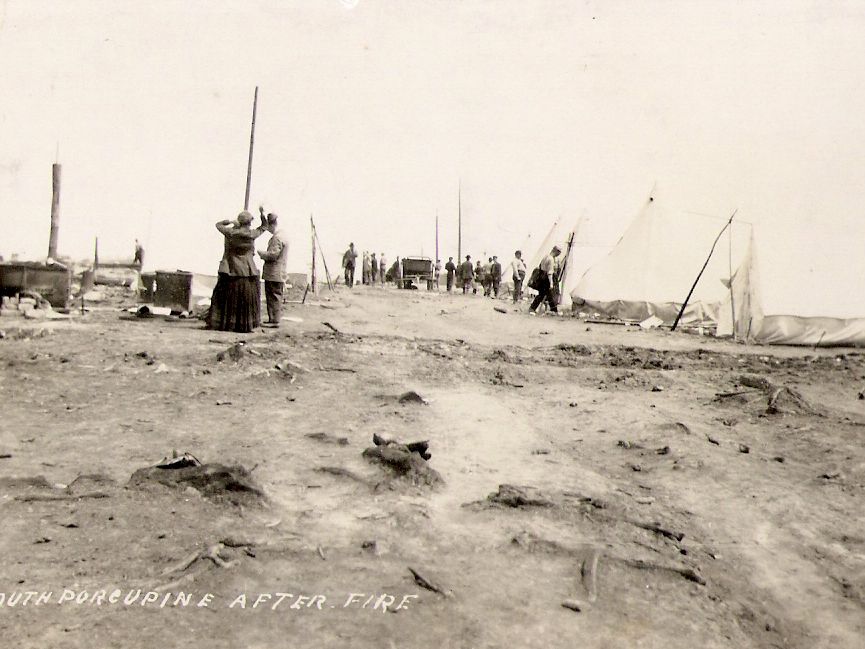




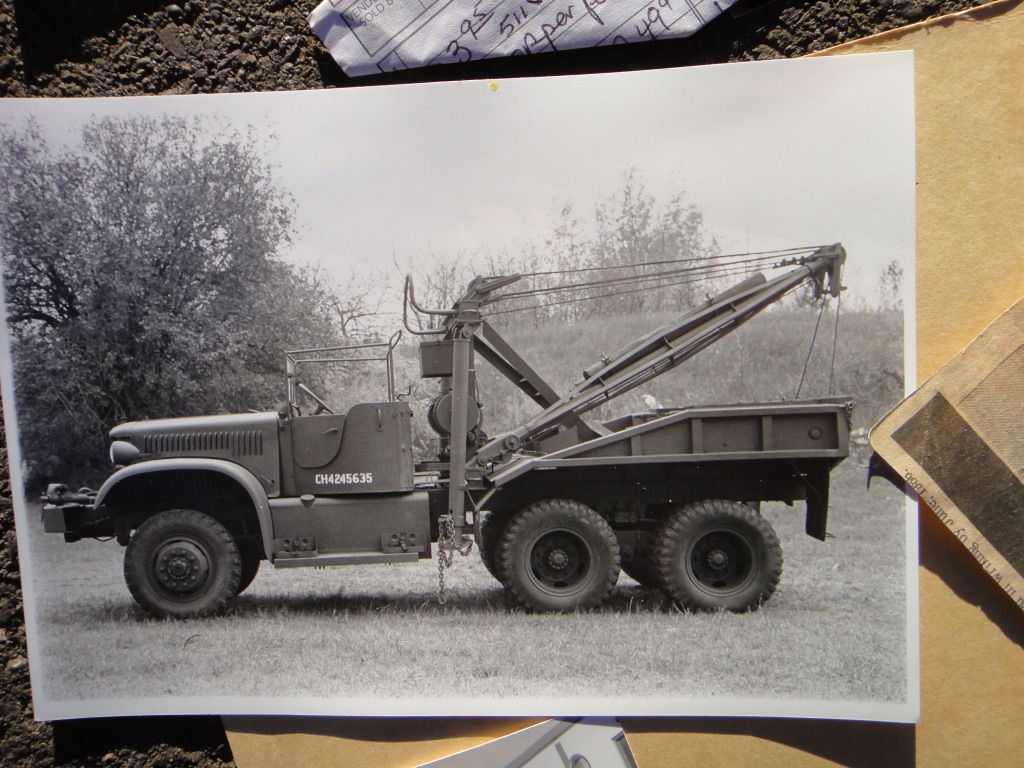
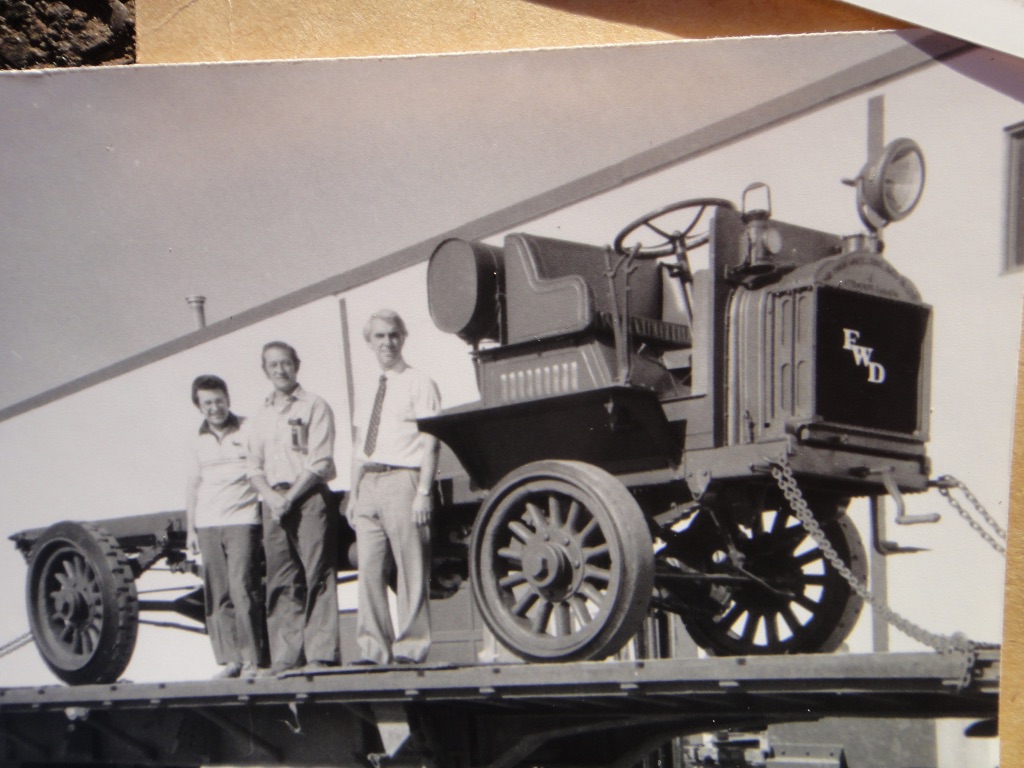
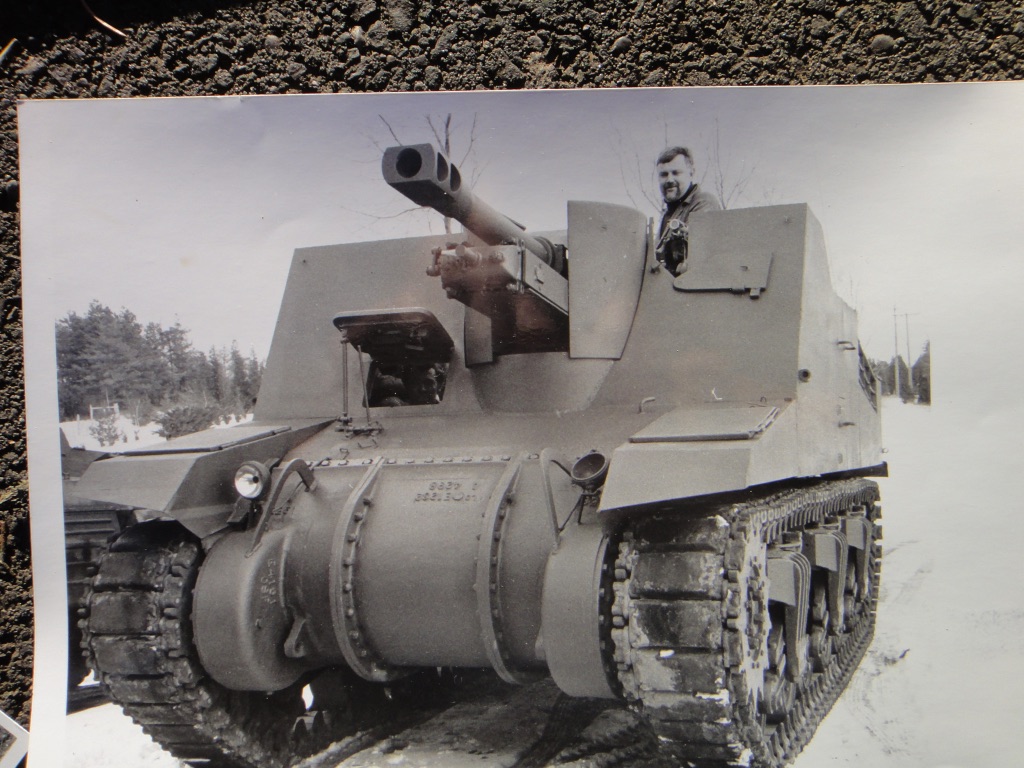
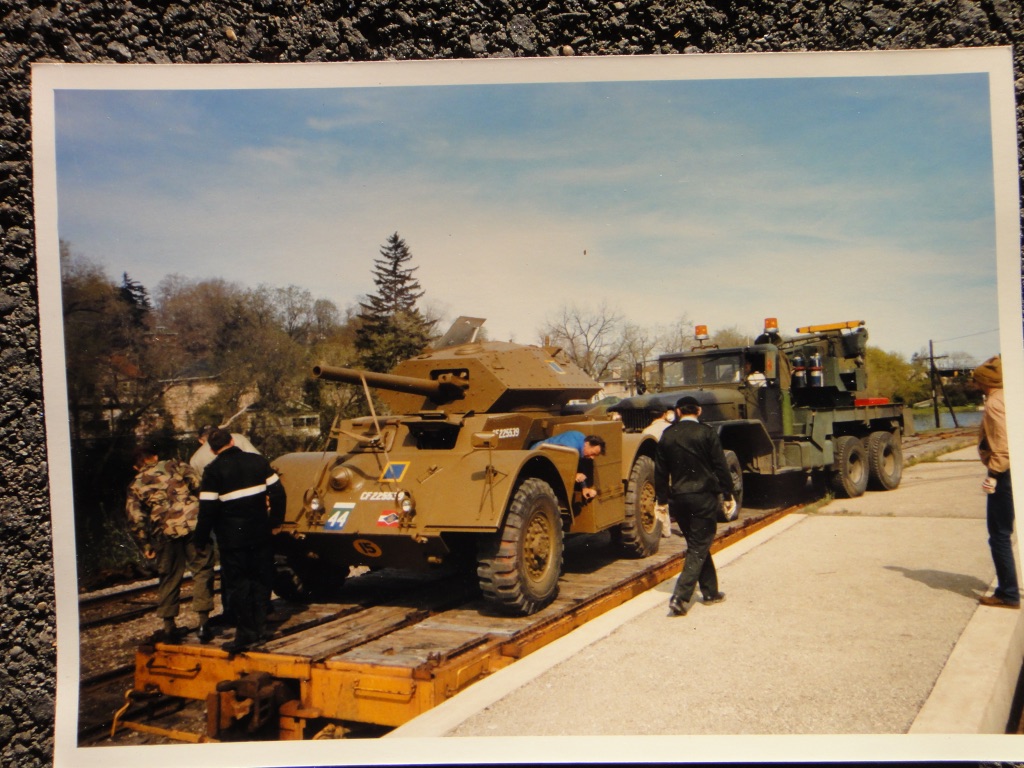

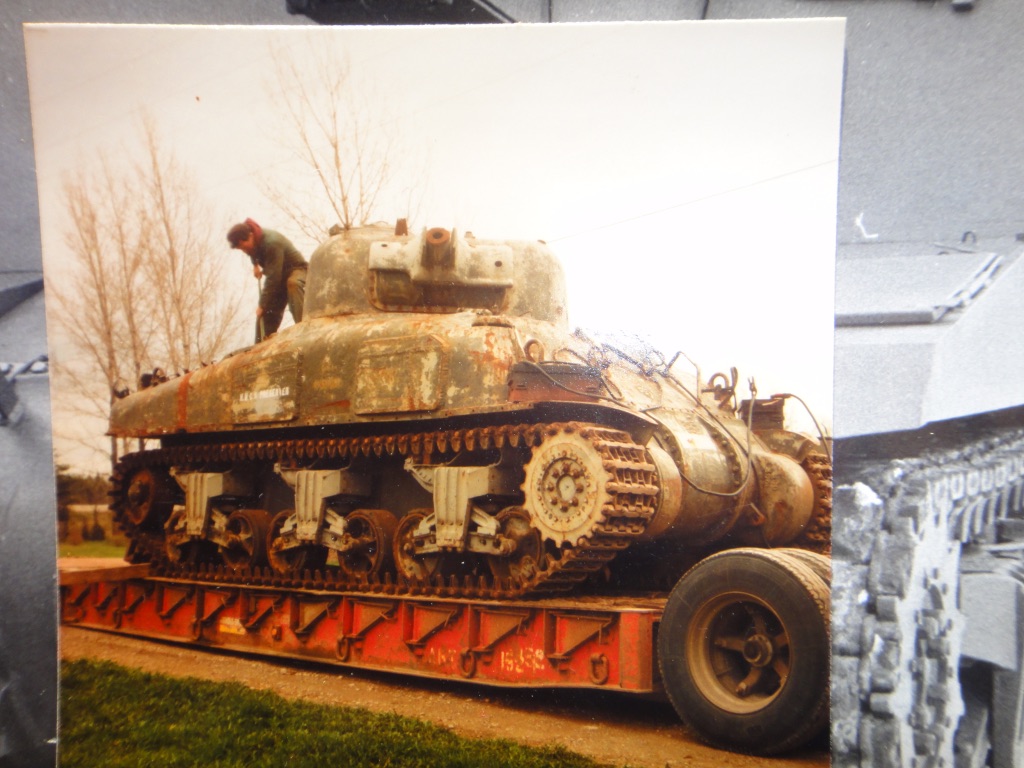


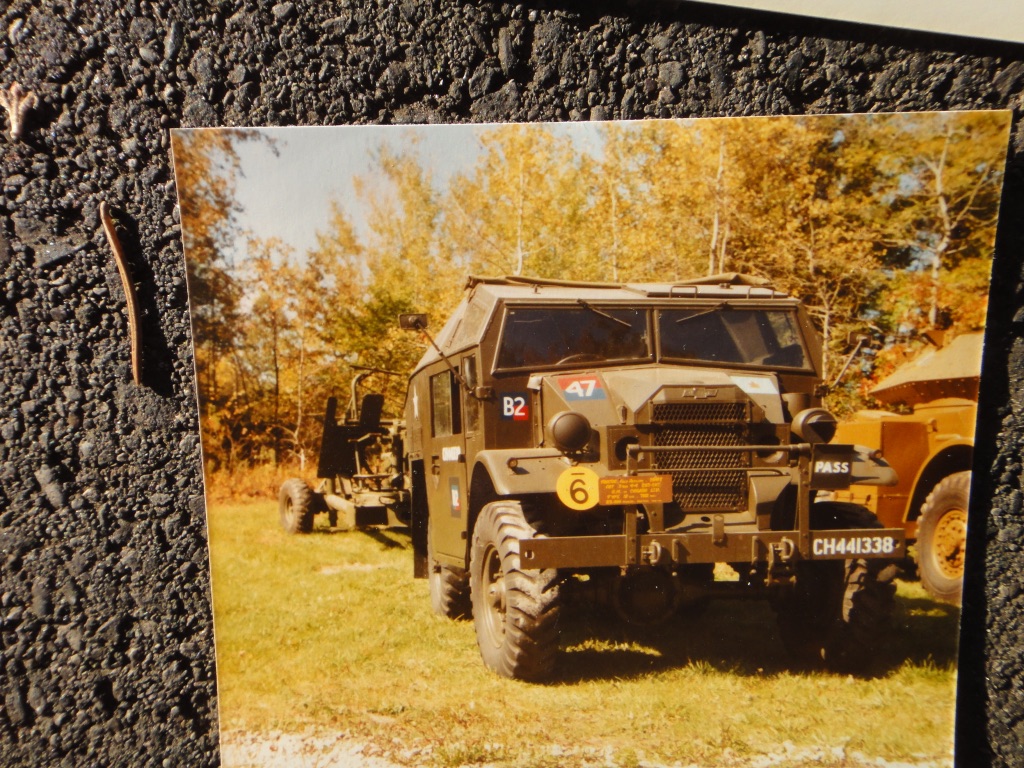
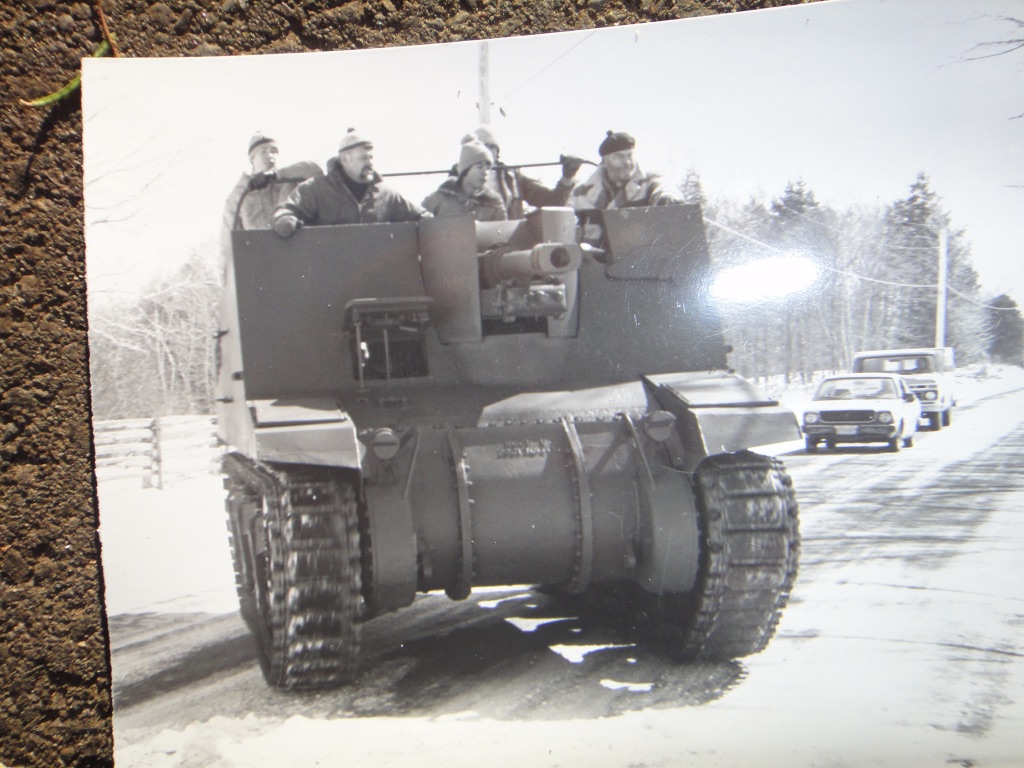

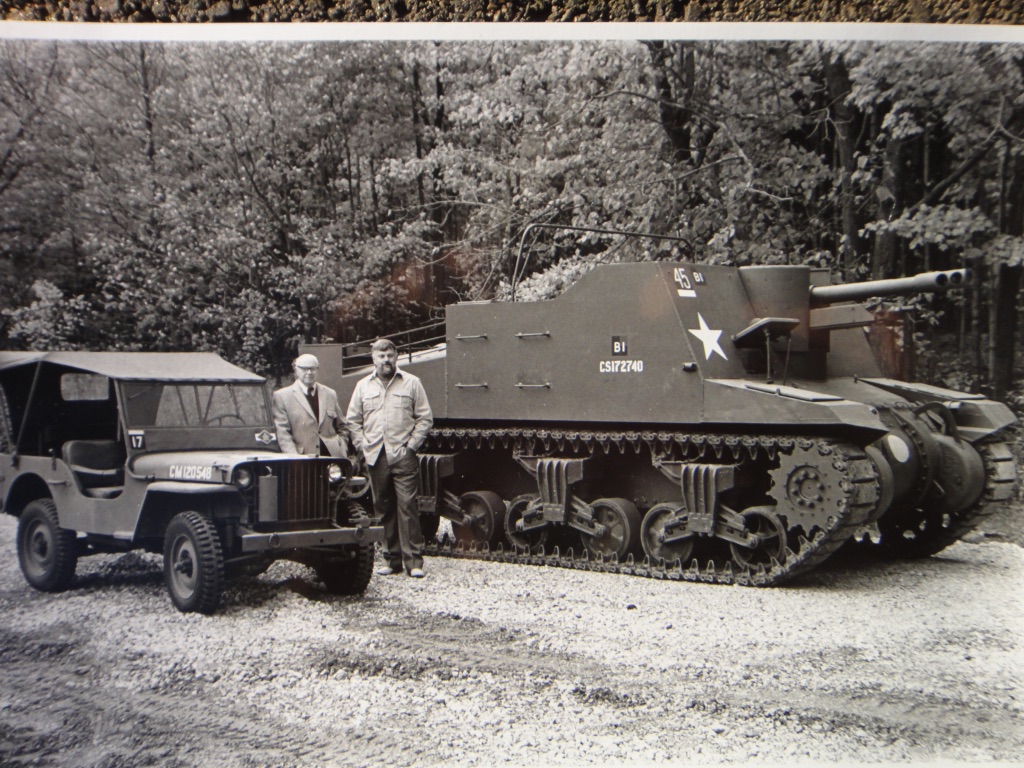




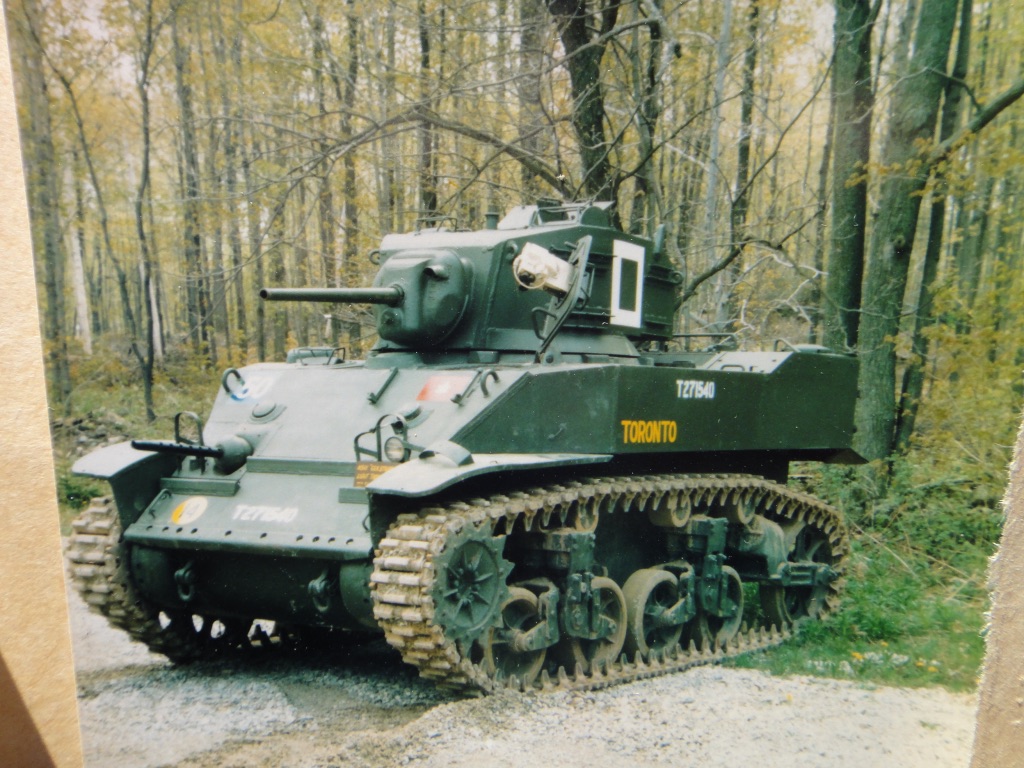
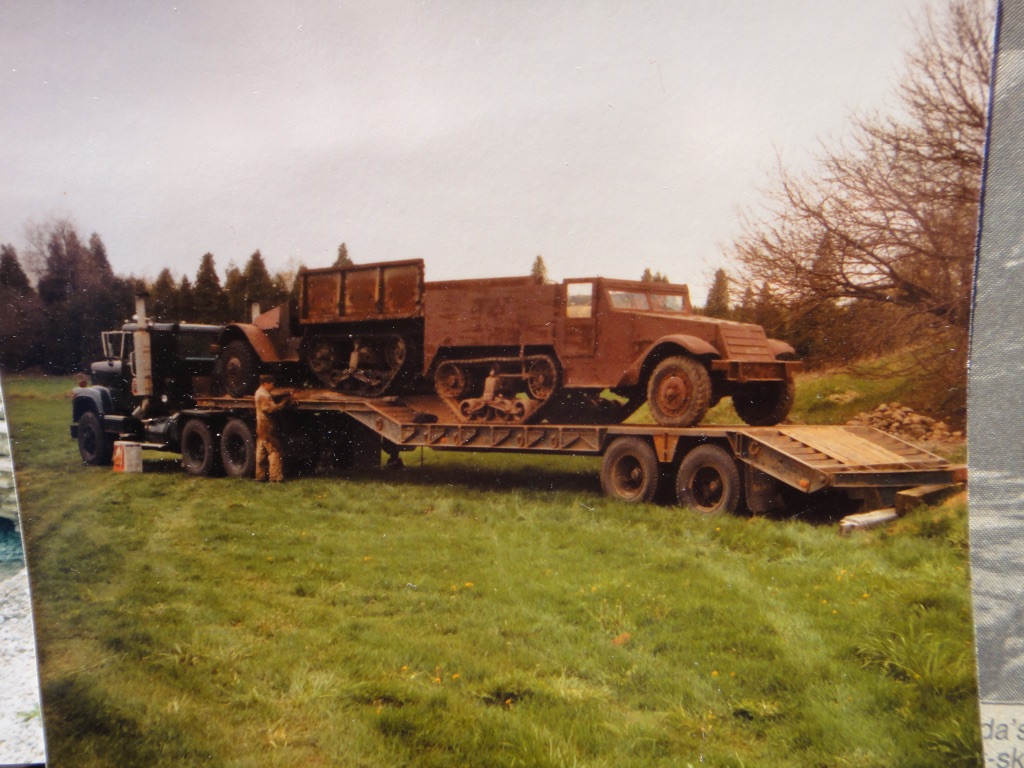


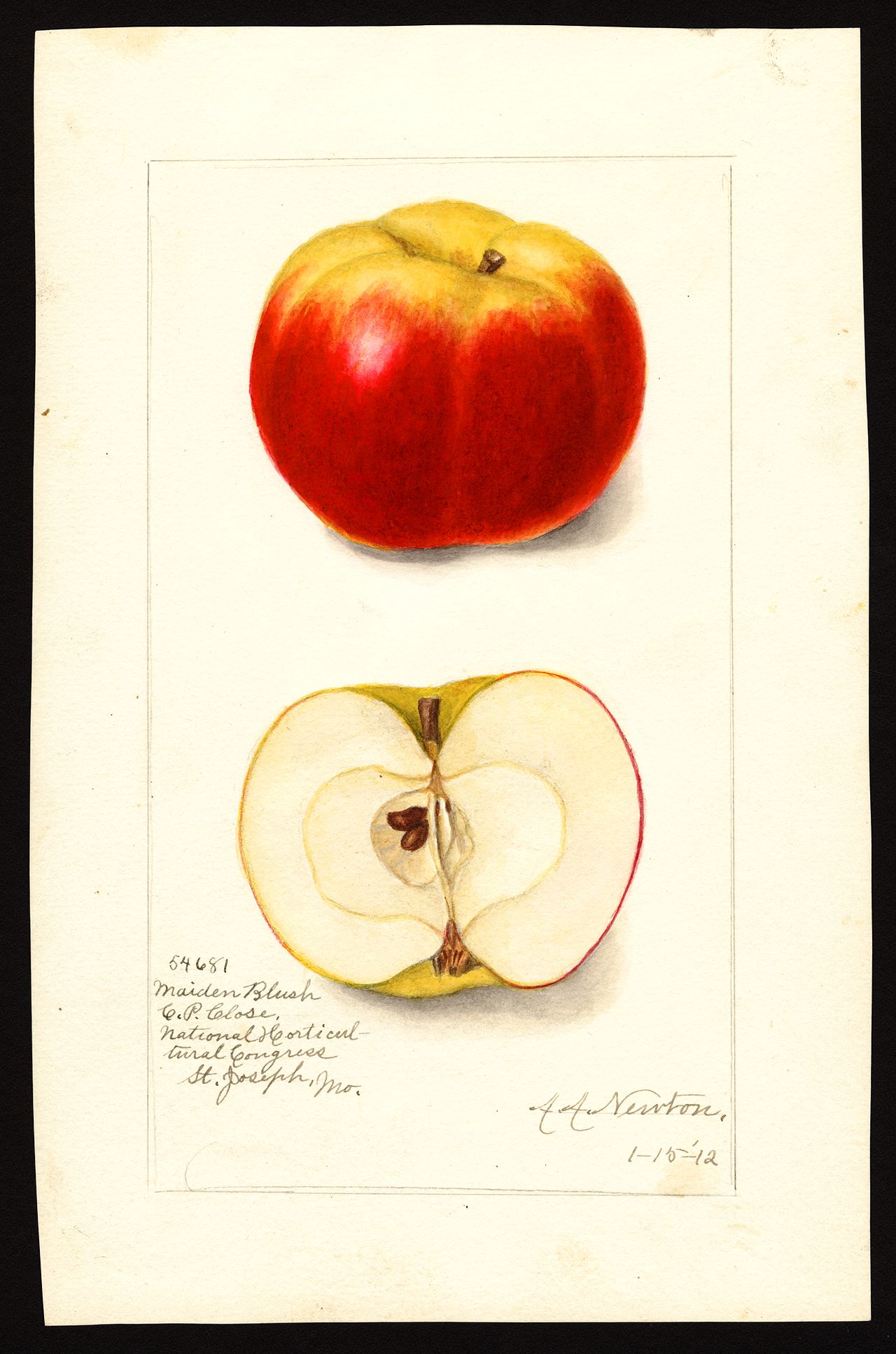


 cdn.shopify.com/s/files/1/0250/1384/6115/products/maiden-blush-apple-tree_360x.jpg?v=1565657765 360w, cdn.shopify.com/s/files/1/0250/1384/6115/products/maiden-blush-apple-tree_540x.jpg?v=1565657765 540w, cdn.shopify.com/s/files/1/0250/1384/6115/products/maiden-blush-apple-tree_720x.jpg?v=1565657765 720w, cdn.shopify.com/s/files/1/0250/1384/6115/products/maiden-blush-apple-tree_900x.jpg?v=1565657765 900w, cdn.shopify.com/s/files/1/0250/1384/6115/products/maiden-blush-apple-tree_1080x.jpg?v=1565657765 1080w, cdn.shopify.com/s/files/1/0250/1384/6115/products/maiden-blush-apple-tree_1296x.jpg?v=1565657765 1296w, cdn.shopify.com/s/files/1/0250/1384/6115/products/maiden-blush-apple-tree_1512x.jpg?v=1565657765 1512w, cdn.shopify.com/s/files/1/0250/1384/6115/products/maiden-blush-apple-tree_1728x.jpg?v=1565657765 1728w, cdn.shopify.com/s/files/1/0250/1384/6115/products/maiden-blush-apple-tree_2048x.jpg?v=1565657765 2048w” style=”box-sizing: border-box; border: 0px; vertical-align: middle; position: relative; max-width: 320px; max-height: 100%; border-top-left-radius: 6px; border-top-right-radius: 6px; border-bottom-right-radius: 6px; border-bottom-left-radius: 6px; display: block; margin: 0px auto; filter: blur(0px); transition: filter 0.4s, filter 0.4s; min-height: 1px; width: 320px; color: rgba(0, 0, 0, 0); font-size: 0px; padding-left: 0px !important;”>
cdn.shopify.com/s/files/1/0250/1384/6115/products/maiden-blush-apple-tree_360x.jpg?v=1565657765 360w, cdn.shopify.com/s/files/1/0250/1384/6115/products/maiden-blush-apple-tree_540x.jpg?v=1565657765 540w, cdn.shopify.com/s/files/1/0250/1384/6115/products/maiden-blush-apple-tree_720x.jpg?v=1565657765 720w, cdn.shopify.com/s/files/1/0250/1384/6115/products/maiden-blush-apple-tree_900x.jpg?v=1565657765 900w, cdn.shopify.com/s/files/1/0250/1384/6115/products/maiden-blush-apple-tree_1080x.jpg?v=1565657765 1080w, cdn.shopify.com/s/files/1/0250/1384/6115/products/maiden-blush-apple-tree_1296x.jpg?v=1565657765 1296w, cdn.shopify.com/s/files/1/0250/1384/6115/products/maiden-blush-apple-tree_1512x.jpg?v=1565657765 1512w, cdn.shopify.com/s/files/1/0250/1384/6115/products/maiden-blush-apple-tree_1728x.jpg?v=1565657765 1728w, cdn.shopify.com/s/files/1/0250/1384/6115/products/maiden-blush-apple-tree_2048x.jpg?v=1565657765 2048w” style=”box-sizing: border-box; border: 0px; vertical-align: middle; position: relative; max-width: 320px; max-height: 100%; border-top-left-radius: 6px; border-top-right-radius: 6px; border-bottom-right-radius: 6px; border-bottom-left-radius: 6px; display: block; margin: 0px auto; filter: blur(0px); transition: filter 0.4s, filter 0.4s; min-height: 1px; width: 320px; color: rgba(0, 0, 0, 0); font-size: 0px; padding-left: 0px !important;”> cdn.shopify.com/s/files/1/0250/1384/6115/products/maiden-blush-apple-tree_360x.jpg?v=1565657765 360w, cdn.shopify.com/s/files/1/0250/1384/6115/products/maiden-blush-apple-tree_540x.jpg?v=1565657765 540w, cdn.shopify.com/s/files/1/0250/1384/6115/products/maiden-blush-apple-tree_720x.jpg?v=1565657765 720w, cdn.shopify.com/s/files/1/0250/1384/6115/products/maiden-blush-apple-tree_900x.jpg?v=1565657765 900w, cdn.shopify.com/s/files/1/0250/1384/6115/products/maiden-blush-apple-tree_1080x.jpg?v=1565657765 1080w, cdn.shopify.com/s/files/1/0250/1384/6115/products/maiden-blush-apple-tree_1296x.jpg?v=1565657765 1296w, cdn.shopify.com/s/files/1/0250/1384/6115/products/maiden-blush-apple-tree_1512x.jpg?v=1565657765 1512w, cdn.shopify.com/s/files/1/0250/1384/6115/products/maiden-blush-apple-tree_1728x.jpg?v=1565657765 1728w, cdn.shopify.com/s/files/1/0250/1384/6115/products/maiden-blush-apple-tree_2048x.jpg?v=1565657765 2048w” style=”box-sizing: border-box; border: 0px; vertical-align: middle; position: relative; max-width: 320px; max-height: 100%; border-top-left-radius: 6px; border-top-right-radius: 6px; border-bottom-right-radius: 6px; border-bottom-left-radius: 6px; display: block; margin: 0px auto; filter: blur(0px); transition: filter 0.4s, filter 0.4s; min-height: 1px; width: 320px; color: rgba(0, 0, 0, 0); font-size: 0px; padding-left: 0px !important;”>
cdn.shopify.com/s/files/1/0250/1384/6115/products/maiden-blush-apple-tree_360x.jpg?v=1565657765 360w, cdn.shopify.com/s/files/1/0250/1384/6115/products/maiden-blush-apple-tree_540x.jpg?v=1565657765 540w, cdn.shopify.com/s/files/1/0250/1384/6115/products/maiden-blush-apple-tree_720x.jpg?v=1565657765 720w, cdn.shopify.com/s/files/1/0250/1384/6115/products/maiden-blush-apple-tree_900x.jpg?v=1565657765 900w, cdn.shopify.com/s/files/1/0250/1384/6115/products/maiden-blush-apple-tree_1080x.jpg?v=1565657765 1080w, cdn.shopify.com/s/files/1/0250/1384/6115/products/maiden-blush-apple-tree_1296x.jpg?v=1565657765 1296w, cdn.shopify.com/s/files/1/0250/1384/6115/products/maiden-blush-apple-tree_1512x.jpg?v=1565657765 1512w, cdn.shopify.com/s/files/1/0250/1384/6115/products/maiden-blush-apple-tree_1728x.jpg?v=1565657765 1728w, cdn.shopify.com/s/files/1/0250/1384/6115/products/maiden-blush-apple-tree_2048x.jpg?v=1565657765 2048w” style=”box-sizing: border-box; border: 0px; vertical-align: middle; position: relative; max-width: 320px; max-height: 100%; border-top-left-radius: 6px; border-top-right-radius: 6px; border-bottom-right-radius: 6px; border-bottom-left-radius: 6px; display: block; margin: 0px auto; filter: blur(0px); transition: filter 0.4s, filter 0.4s; min-height: 1px; width: 320px; color: rgba(0, 0, 0, 0); font-size: 0px; padding-left: 0px !important;”> cdn.shopify.com/s/files/1/0250/1384/6115/products/maiden-blush-apple-tree_360x.jpg?v=1565657765 360w, cdn.shopify.com/s/files/1/0250/1384/6115/products/maiden-blush-apple-tree_540x.jpg?v=1565657765 540w, cdn.shopify.com/s/files/1/0250/1384/6115/products/maiden-blush-apple-tree_720x.jpg?v=1565657765 720w, cdn.shopify.com/s/files/1/0250/1384/6115/products/maiden-blush-apple-tree_900x.jpg?v=1565657765 900w, cdn.shopify.com/s/files/1/0250/1384/6115/products/maiden-blush-apple-tree_1080x.jpg?v=1565657765 1080w, cdn.shopify.com/s/files/1/0250/1384/6115/products/maiden-blush-apple-tree_1296x.jpg?v=1565657765 1296w, cdn.shopify.com/s/files/1/0250/1384/6115/products/maiden-blush-apple-tree_1512x.jpg?v=1565657765 1512w, cdn.shopify.com/s/files/1/0250/1384/6115/products/maiden-blush-apple-tree_1728x.jpg?v=1565657765 1728w, cdn.shopify.com/s/files/1/0250/1384/6115/products/maiden-blush-apple-tree_2048x.jpg?v=1565657765 2048w” style=”box-sizing: border-box; border: 0px; vertical-align: middle; position: relative; max-width: 320px; max-height: 100%; border-top-left-radius: 6px; border-top-right-radius: 6px; border-bottom-right-radius: 6px; border-bottom-left-radius: 6px; display: block; margin: 0px auto; filter: blur(0px); transition: filter 0.4s, filter 0.4s; min-height: 1px; width: 320px; color: rgba(0, 0, 0, 0); font-size: 0px; padding-left: 0px !important;”>
cdn.shopify.com/s/files/1/0250/1384/6115/products/maiden-blush-apple-tree_360x.jpg?v=1565657765 360w, cdn.shopify.com/s/files/1/0250/1384/6115/products/maiden-blush-apple-tree_540x.jpg?v=1565657765 540w, cdn.shopify.com/s/files/1/0250/1384/6115/products/maiden-blush-apple-tree_720x.jpg?v=1565657765 720w, cdn.shopify.com/s/files/1/0250/1384/6115/products/maiden-blush-apple-tree_900x.jpg?v=1565657765 900w, cdn.shopify.com/s/files/1/0250/1384/6115/products/maiden-blush-apple-tree_1080x.jpg?v=1565657765 1080w, cdn.shopify.com/s/files/1/0250/1384/6115/products/maiden-blush-apple-tree_1296x.jpg?v=1565657765 1296w, cdn.shopify.com/s/files/1/0250/1384/6115/products/maiden-blush-apple-tree_1512x.jpg?v=1565657765 1512w, cdn.shopify.com/s/files/1/0250/1384/6115/products/maiden-blush-apple-tree_1728x.jpg?v=1565657765 1728w, cdn.shopify.com/s/files/1/0250/1384/6115/products/maiden-blush-apple-tree_2048x.jpg?v=1565657765 2048w” style=”box-sizing: border-box; border: 0px; vertical-align: middle; position: relative; max-width: 320px; max-height: 100%; border-top-left-radius: 6px; border-top-right-radius: 6px; border-bottom-right-radius: 6px; border-bottom-left-radius: 6px; display: block; margin: 0px auto; filter: blur(0px); transition: filter 0.4s, filter 0.4s; min-height: 1px; width: 320px; color: rgba(0, 0, 0, 0); font-size: 0px; padding-left: 0px !important;”>